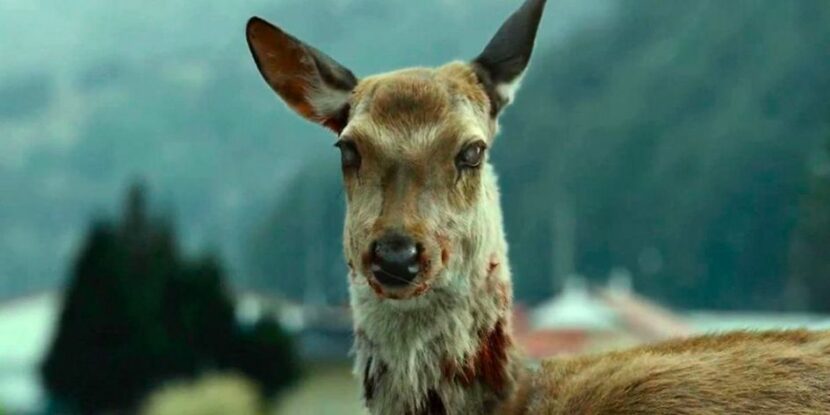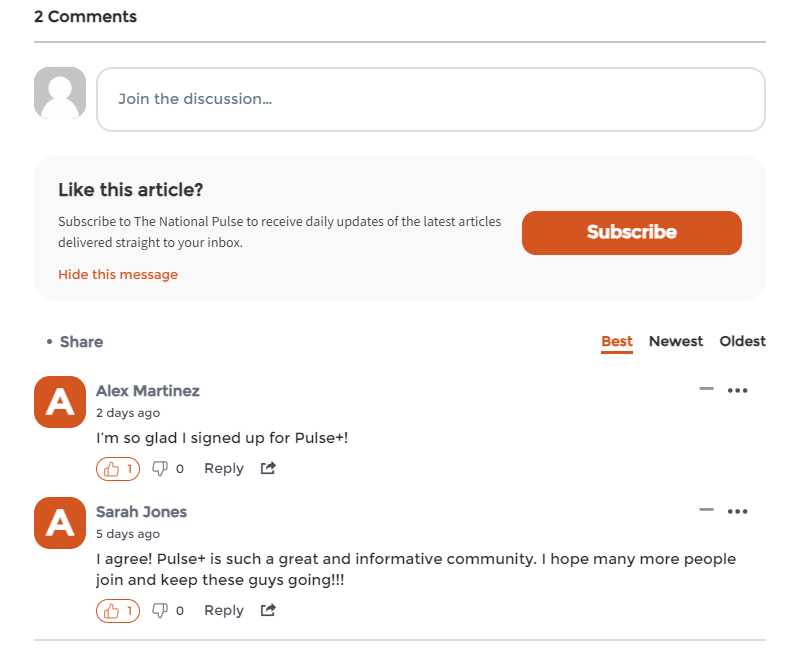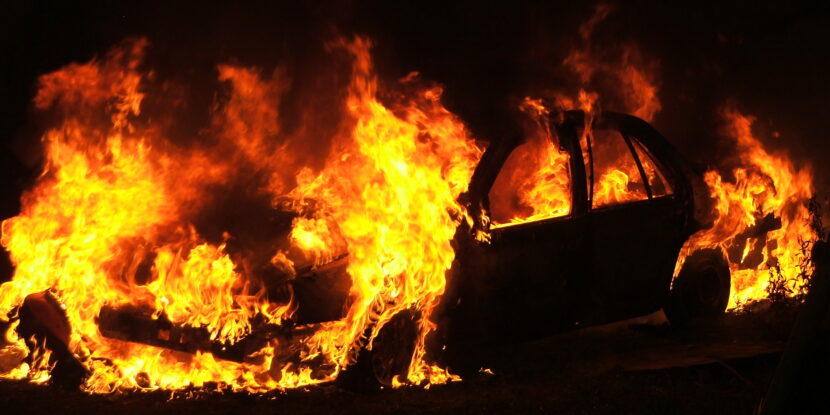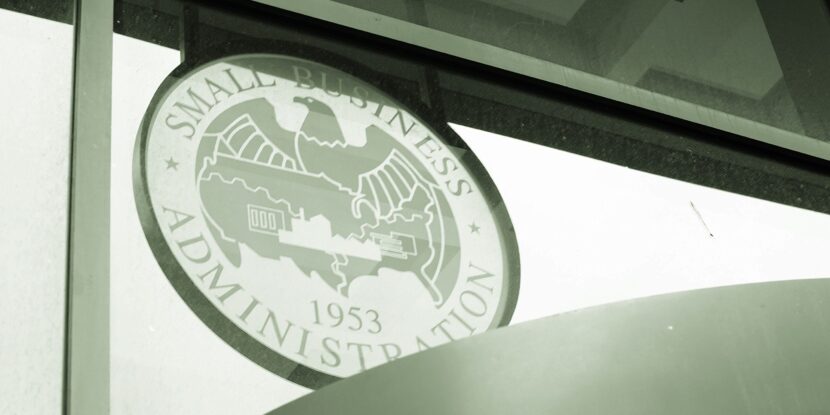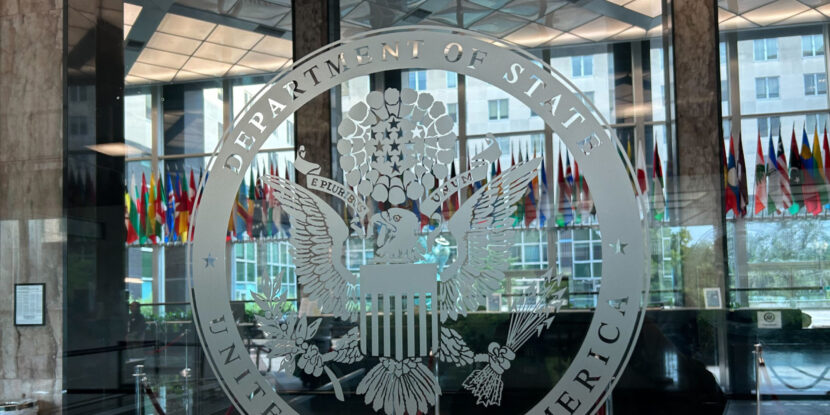Scientists fear that the highly contagious chronic wasting disease (CWD) — known as ‘zombie deer disease’ — could mutate to infect humans. The results would be catastrophic.
“The bottom-line message is we are quite unprepared,” said Michael Osterholm, an infectious disease expert at the University of Minnesota. “If we saw a spillover right now, we would be in free fall. There are no contingency plans for what to do or how to follow up.”
The disease — which is 100 percent fatal and has no cure — “damages portions of the brain and typically causes progressive loss of body condition, behavioral changes, excessive salivation, and death,” according to the New York State Department of Health.
The most likely way humans could contract the disease is through the consumption of infected venison — the same way bovine spongiform encephalopathy, more commonly known as mad cow disease, spread to humans and created a novel form of human prion disease called Creutzfeldt-Jakob disease. Although it is estimated that humans consume 15,000 infected deer and elk annually, this has yet to occur.
Although mad cow disease is not transmissible from human to human, experiments indicate CWD would be different. Sabine Gilch, a researcher at Canada’s University of Calgary, and her team injected CWD into “humanized” mouse models. The mice developed CWD and had infectious prions in their feces. “The implication is that CWD in humans might be contagious and transmit from person to person,” Gilch said.
Experts confirmed the first cast of CWD in Yellowstone last year after a deer carcass tested positive for the disease, and it has been found in deer, elk, and moose populations in 33 states in the U.S. and Canada and as far away as Norway and South Korea.
